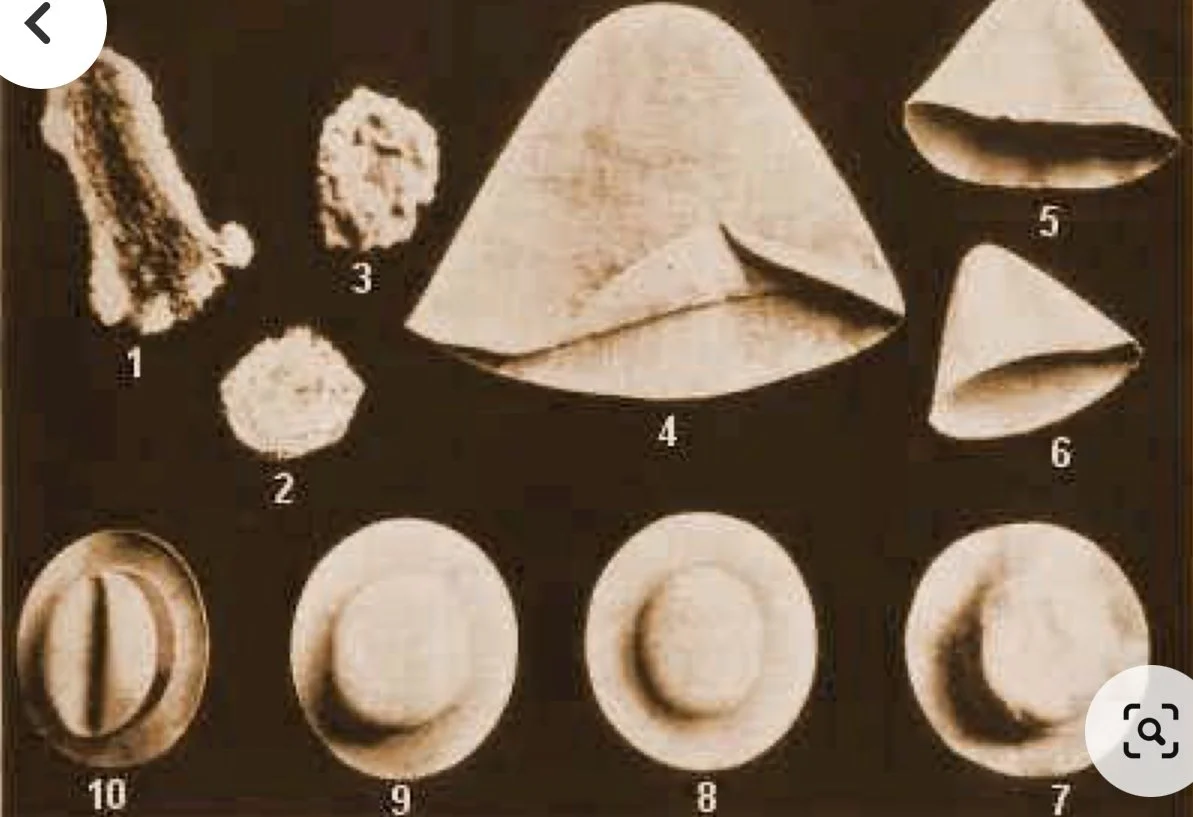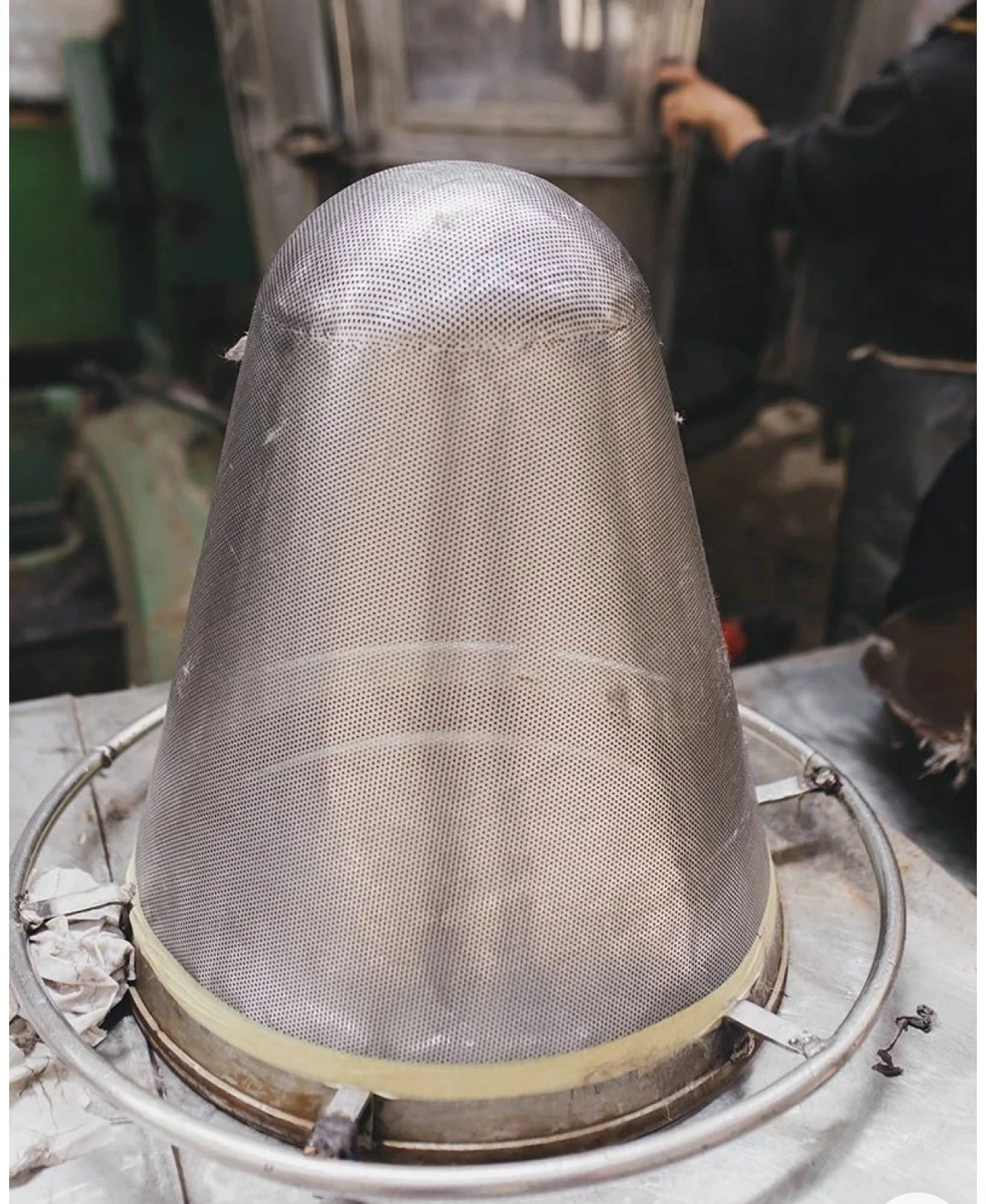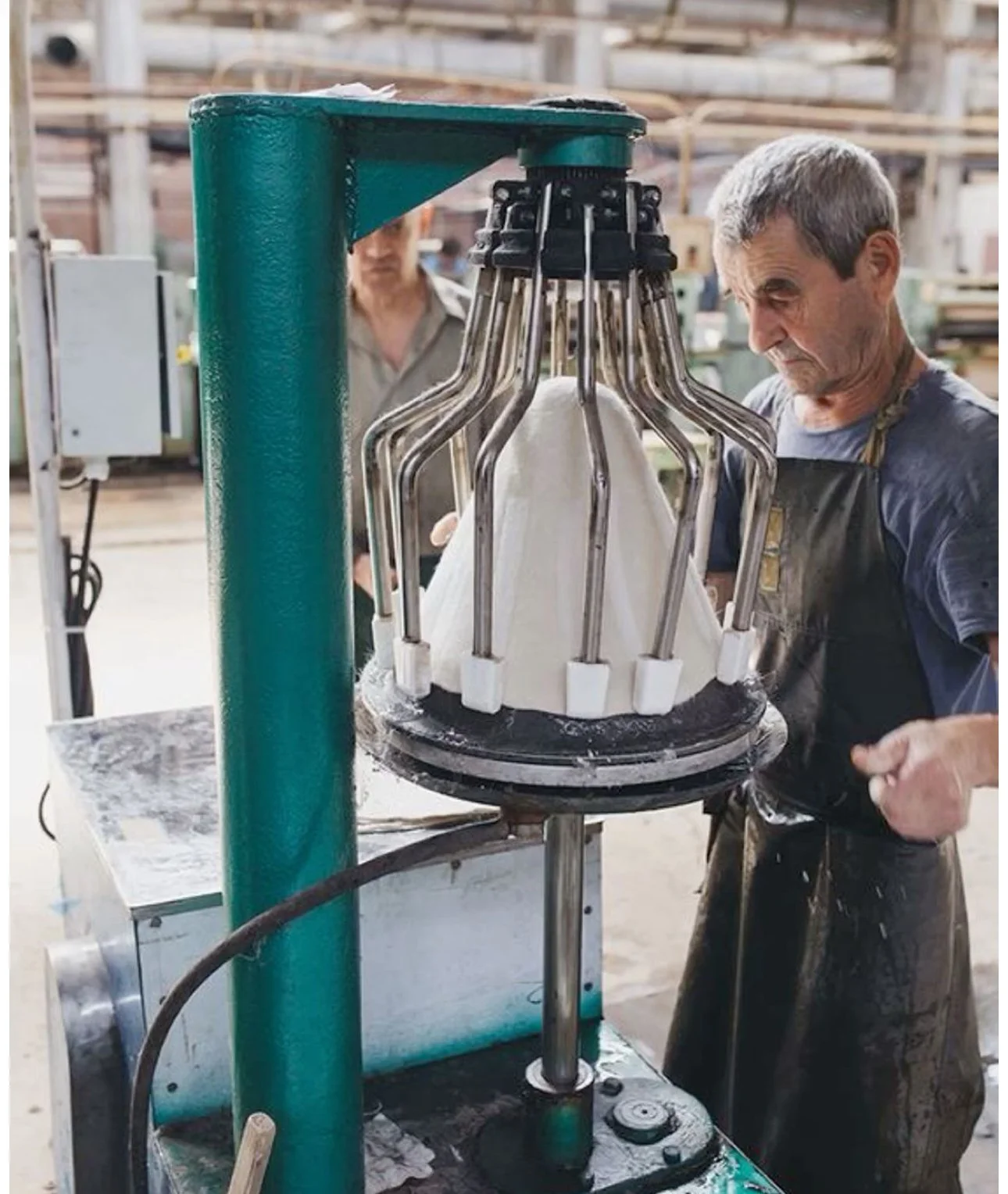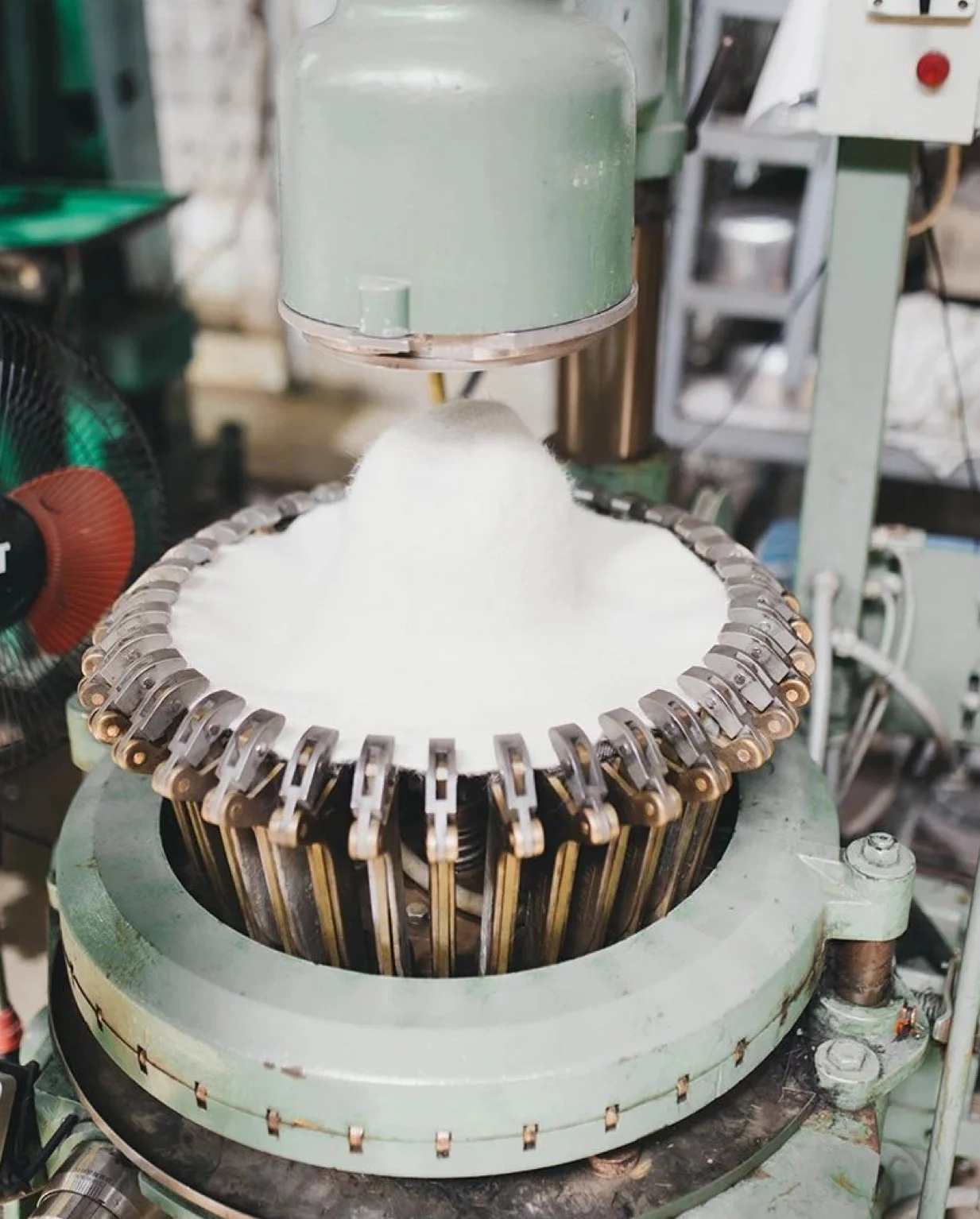The History of Fur Felt Hat Bodies: A Story of Trade, Migration, and Craftsmanship
The history of fur felt hat bodies intertwines deeply with the economic, cultural, and technological forces that shaped the modern world. From driving westward migration in the United States to influencing European fashion and global trade, the production of fur felt hats is a tale of resourcefulness, ingenuity, and sometimes hazardous practices.
The Origins of Fur Felt
Fur felt has been a favored material for hat-making for centuries due to its durability, malleability, and ability to repel water. Felt is created by matting and compressing animal fibers, which interlock to form a dense, cohesive fabric. Unlike woven textiles, felt requires no spinning or weaving, making it one of humanity's earliest forms of fabric. The fur used in hat-making historically came from small mammals, prized for their fine underfur, which had the necessary qualities for producing felt.
The Fur Trade and American Westward Expansion
The fur felt industry gained significant momentum during the 17th and 18th centuries, driven by the European demand for stylish hats such as the tricorns and later top hats. This demand fueled the fur trade, which became a cornerstone of the early North American economy. Beavers were particularly sought after for their dense, waterproof underfur, and beaver pelts became known as "soft gold" due to their high value.
In the early 19th century, the fur trade spurred American migration westward. Companies like the Hudson's Bay Company and John Jacob Astor's American Fur Company established vast networks of trappers and trading posts across the wilderness. The quest for beaver pelts led to the exploration and settlement of regions from the Great Lakes to the Rocky Mountains. However, the over-trapping of beavers led to their near-extinction in many areas by the mid-19th century, forcing hat-makers to turn to other furs, such as rabbit and hare, to meet demand.
Types of Fur Used in Hat-Making
The quality of a fur felt hat depended largely on the type of fur used. Beaver fur remained the gold standard due to its resilience, softness, and ability to interlock tightly during the felting process. Rabbit and hare fur became popular alternatives when beaver populations dwindled. Occasionally, muskrat, otter, and even nutria fur were used, though these were generally considered inferior. The best felts combined different furs to balance cost and quality, with beaver fur often blended with rabbit or hare.
Mercury and the Hat-Making Process
One of the most infamous aspects of the fur felt hat industry was the use of mercury in the felting process. The technique, known as "carroting," involved applying a solution of mercuric nitrate to the fur. This treatment caused the fur fibers to mat more easily, improving the efficiency of the felting process and the quality of the finished product. However, mercury is highly toxic, and prolonged exposure led to severe health problems among hat-makers, including tremors, mood swings, and cognitive impairment—a condition famously known as "mad hatter’s disease."
Despite these dangers, the practice persisted for centuries until the health risks became widely acknowledged. By the mid-20th century, mercury was largely replaced with safer alternatives, marking the end of an era for this hazardous but essential aspect of hat-making.
The Decline and Legacy of Fur Felt Hats
The advent of industrialization and changing fashions in the 20th century led to a decline in the fur felt hat industry. As automobiles replaced horse-drawn carriages, hats became less essential for protection against the elements. Additionally, synthetic materials and mass production methods reduced the demand for labor-intensive fur felt.
Today, fur felt hats remain a symbol of traditional craftsmanship and luxury. Brands specializing in high-quality hats often use beaver or rabbit fur felt, continuing the legacy of a material that shaped economies and cultures for centuries. The history of fur felt hat bodies serves as a reminder of the intricate connections between natural resources, human ingenuity, and the societal impacts of trade and industry.
Fur felt hat bodies are crafted through a meticulous process that transforms animal fur into durable, high-quality felt suitable for hat making. This process involves several key stages, each utilizing specialized machinery and equipment to ensure the production of consistent and superior hat bodies.
1. Fur Preparation
The journey begins with the selection and preparation of animal furs, commonly sourced from beaver, rabbit, or hare. The initial step involves cleaning the fur to remove impurities. Subsequently, the fur undergoes a blowing process, where machines separate the finer hairs from coarser ones, eliminating "guard hairs" that are unsuitable for quality felt production. This results in a soft, uniform batch of fur ready for felting.
2. Forming the Cone
The cleaned and refined fur is then formed into a loose cone shape, a crucial step in hat body production. This is achieved using a forming machine, which consists of a perforated metal cone situated within a vacuum chamber. A measured amount of fur is introduced into the chamber, and the vacuum draws the fibers onto the rotating cone, creating a cohesive, albeit delicate, layer of felt.
3. Felting and Shrinking
The fragile felt cone undergoes a felting process to strengthen and condense the fibers. This involves repeated cycles of wetting with hot water, rolling, and applying pressure, causing the fibers to interlock tightly. Both manual techniques and mechanized rollers are employed during this stage to achieve the desired density and size of the hat body.
4. Blocking and Shaping
Once the felt has reached the appropriate consistency, it is shaped into the preliminary form of a hat. This is done through blocking, where the felt is stretched and molded over wooden or metal blocks that define the crown and brim's basic contours. Steam and specialized blocking machines assist in setting the shape, ensuring uniformity and precision.
5. Drying and Finishing
After blocking, the hat bodies are dried thoroughly to set their shape permanently. Additional finishing processes may include sanding to achieve a smooth surface, dyeing for color, and pouncing to refine the felt's texture. These steps enhance the hat body's appearance and prepare it for the final stages of hat making.
Throughout these stages, various machines and tools are employed, including:
Blowing Machines: Separate fine fur fibers from coarser hairs.
Forming Machines: Utilize vacuum systems to shape loose fur into conical forms.
Felting Rollers: Apply pressure and heat to condense and shrink the felt.
Blocking Machines: Assist in shaping the hat bodies over molds using steam and pressure.
These specialized machines are integral to producing high-quality fur felt hat bodies, ensuring each piece meets the standards required for fine hat craftsmanship.




